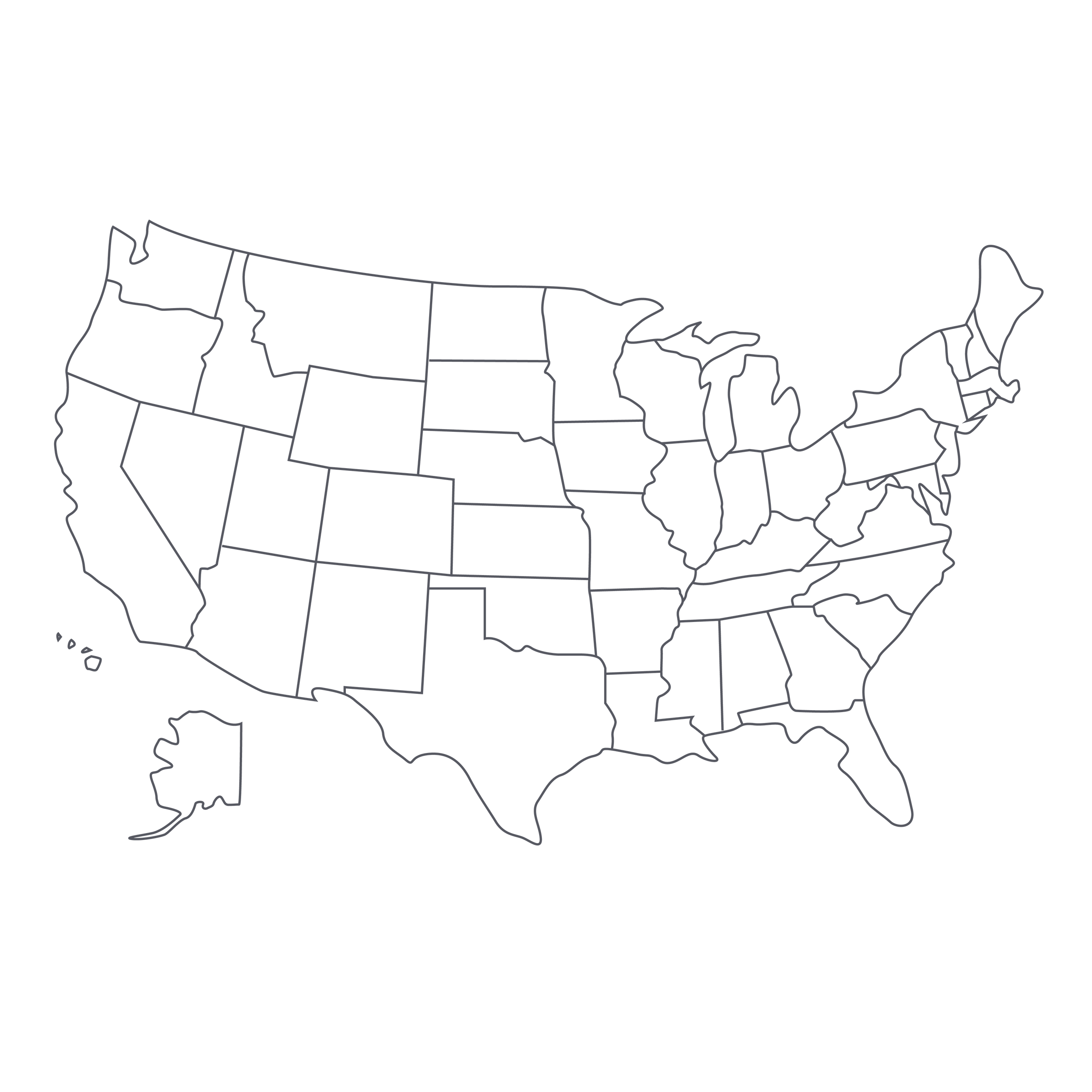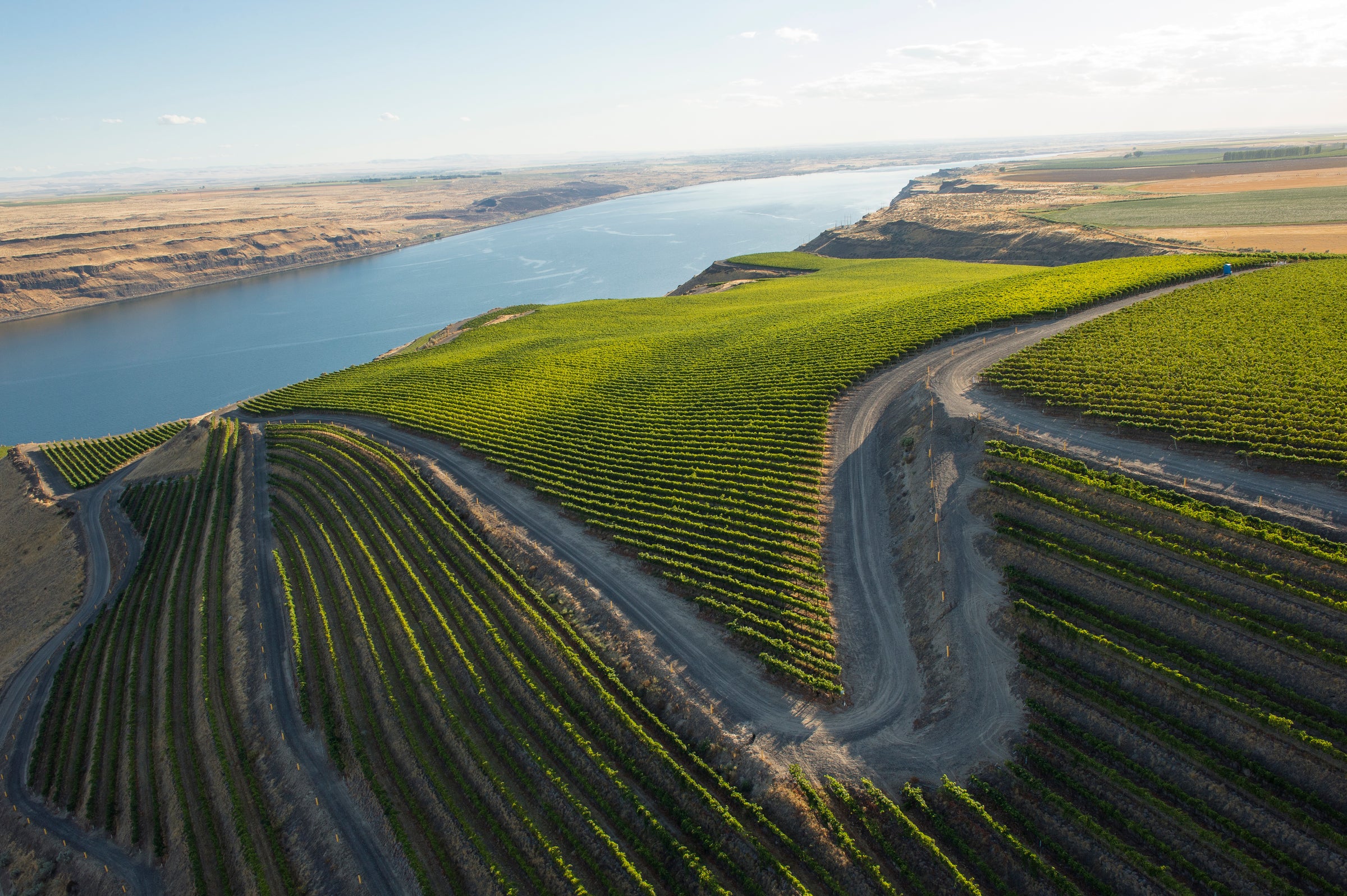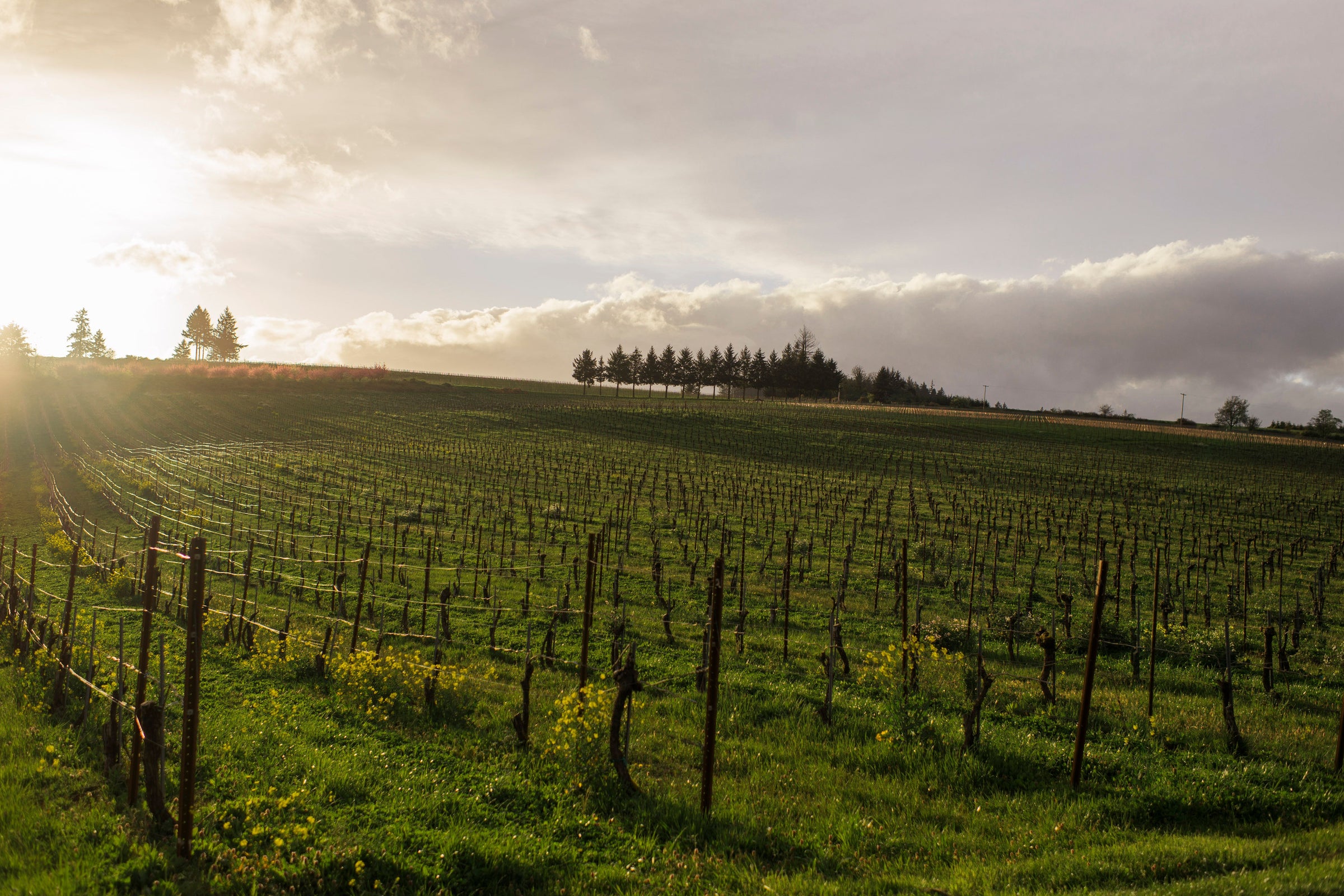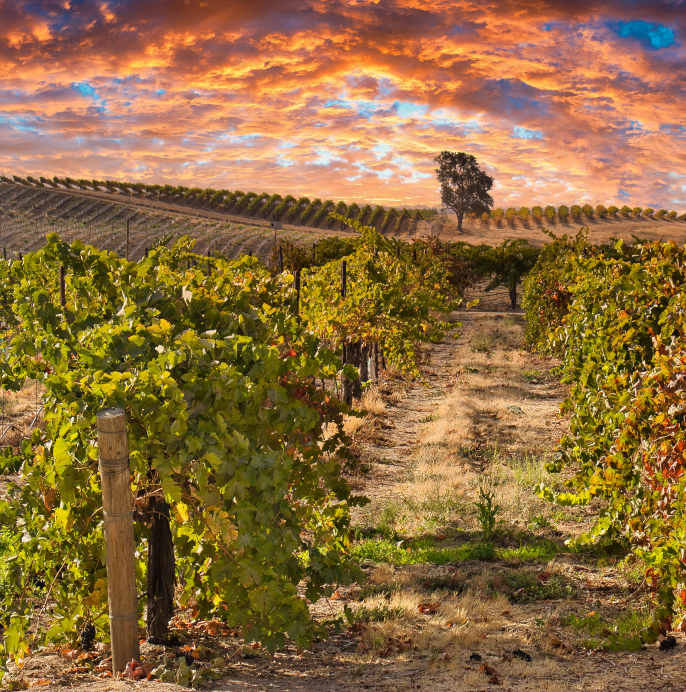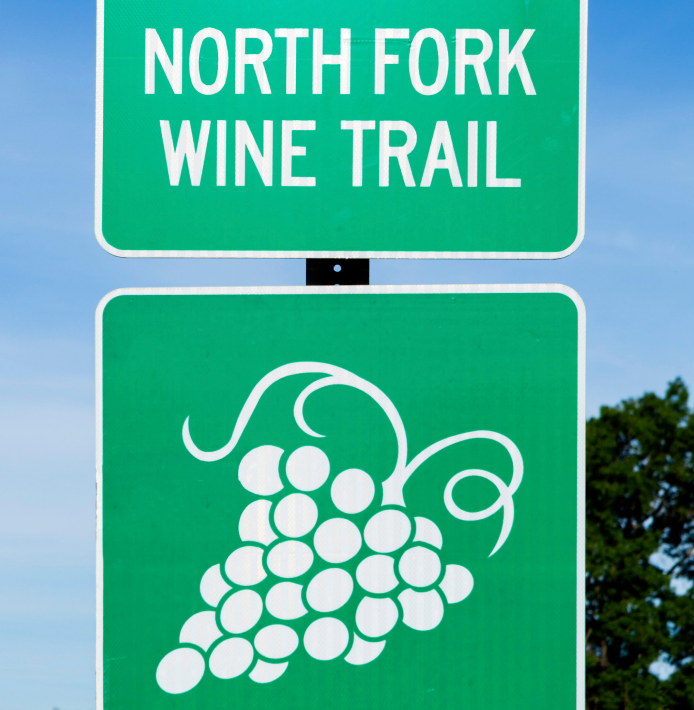Following in the footsteps of legendary Californian “Rhône Rangers” like Bob Lindquist (Qupé) and Randall Grahm (Bonny Doon), Jeremy Weintraub of SITE is all about the grape varieties traditionally associated with France’s Rhône Valley: Syrah, Grenache, Roussanne, Viognier…he does it all, and he strongly believes that the Central Coast is the place to do it.
His label is aptly named, too, because it is built around some of California’s most iconic single vineyards, including the unimpeachable source of today’s sumptuous, spicy, sensational Syrah: The Bien Nacido Vineyard. Bien Nacido is widely regarded as one of California’s true “Grand Crus,” and this, as its name indicates, is what SITE is all about—that great wines come from great vineyards. Weintraub, whose “day job” is at Adelaida Vineyards in Paso Robles, offers a nod to culty Californians like Saxum, but ultimately, he’s gunning for the Rhône’s elite, most of whom will charge you much more for such an opulent Syrah experience. This ’18 not only showcases a rising-star winemaking talent but re-confirms that Bien Nacido Vineyard is one of the world’s greatest sites for Syrah. This is a tour de force that no true Syrah lover can afford to miss!
\r\n
THAT’S NOT ALL: We also have a minuscule amount of SITE’s aromatic, expressive, Châteauneuf-inspired Grenache from the Larner Vineyard in Ballard Canyon. It will disappear quickly, so maybe head here first if you’d like to secure 1-3 bottles!
\r\n
As Weintraub would be the first to tell you, it’s all about the source material: In this case, it’s 100% Syrah from the Bien Nacido Vineyard, which is steeped in history: In the 1850s, the Ontiveros family was granted a deed to a parcel originally called Rancho Tepusquet, near Santa Barbara. From their first days at Rancho Tepusquet, they raised cows, horses, and other livestock next to a small tributary of the Santa Maria River. With a crystalline water source and nearly 2,000 acres of pasture land, the family started building their home. Many years later, in 1969, Bob and Steve Miller, members of their own fourth-generation farming family, acquired two contiguous parcels that were part of the original Rancho Tepusquet. With the chance to continue a tradition of farming sustainably and focusing on the highest quality, they re-christened the land “Bien Nacido,” meaning “well-born.”
\r\n
Bob and Steve saw it as a perfect home for wine grapes. Santa Maria Valley is technically classified as a “Winkler Region 1B.” This is as cold, in terms of average temperature, as Champagne, the Mosel Valley in Germany, and Burgundy’s Cote d’Or. With its sandy shale soils, it is, as one description puts it, a “maritime-influenced desert.” Understanding this, the Millers planted the vineyard with the first certified virus-free clones of Chardonnay and Pinot Noir from UC Davis in 1973. Syrah followed soon after.
Bien Nacido proudly claims to be the United States’ most influential single-vineyard source, with more than 160 producers over 44 years having used “Bien Nacido” on their labels. Only top vineyards in Burgundy have been designated more, and I am certain that has something to do with their 700-year history. Despite its size (200 acres) and the multitude of producers citing the vineyard name on labels, the Millers are nevertheless extremely discerning about who gets access to their coveted fruit. A “Bien Nacido Vineyard” designation is a very big deal, and Weintraub has made the most of his opportunity.
\r\n
He fermented his 2018 in concrete tanks and incorporated 30% whole clusters (both very Rhône-inspired choices). The wine then aged in French “hogshead” barrels—about 550 liters, or twice the size of a barrique—for 20 months. The result is a Syrah of serious concentration and power, more in the Hermitage/Cornas mold rather than Côte-Rôtie. In the glass, it’s ink-dark and opaque, with heady aromas of blackberry, mulberry, damp violets, black pepper, cacao nibs, wild herbs, and turned earth. It skews a little more toward the dark, creamy fruit end of the Syrah spectrum with a very full-bodied but simultaneously lively structure. I’m always amazed and impressed when a big wine like this can be so light on its feet—such is the triumph of a cool-climate growing zone! Decant this wine a good hour before serving in large Bordeaux stems at 60 degrees, pairing it with something suitably rich: lamb with Moroccan spices would be great, or go vegetarian with a red wine risotto studded with mushrooms. This wine will “wow” over the next five years so be sure to grab more than one bottle. Enjoy!
\r\n
